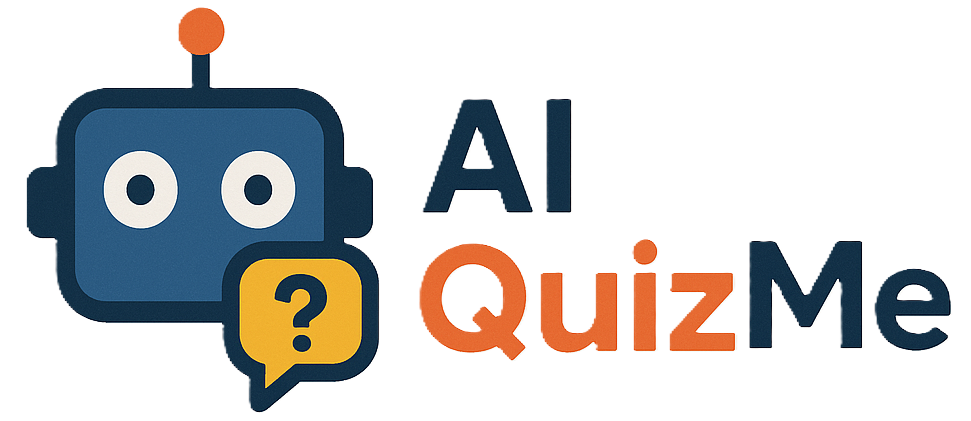Understanding Literature: Key Concepts
Literature opens windows into different worlds, perspectives, and human experiences. Understanding key literary elements helps unlock deeper meaning in stories, poems, and plays.
Core Story Elements
- Plot: The sequence of events in a story, typically including exposition (introduction), rising action (building conflict), climax (turning point), falling action, and resolution (conclusion).
- Character: The individuals (people, animals, figures) who participate in the story's action. Consider their traits, motivations, development (static vs. dynamic), and roles (protagonist, antagonist).
- Setting: The time and place where the story occurs. Setting can influence mood, character actions, and conflict.
- Theme: The central idea, message, or insight about life or human nature that the author conveys. Themes are often universal (e.g., love, courage, prejudice).
- Conflict: The struggle between opposing forces that drives the plot. Common types include character vs. character, character vs. self, character vs. nature, and character vs. society.
- Point of View: The perspective from which the story is told (e.g., first-person "I", third-person limited "he/she knows one character's thoughts", third-person omniscient "he/she knows all characters' thoughts").
Literary Devices (Figurative Language)
Authors use these tools to create vivid imagery, emphasis, and deeper layers of meaning.
- Simile: A comparison between two unlike things using "like" or "as" (e.g., "He is as brave as a lion").
- Metaphor: A direct comparison between two unlike things without using "like" or "as" (e.g., "Her tears were a river flowing down her cheeks").
- Personification: Giving human qualities or abilities to inanimate objects or animals (e.g., "The wind whispered through the trees").
- Imagery: Language that appeals to the senses (sight, sound, smell, taste, touch) to create a mental picture.
- Symbolism: When an object, person, or place represents something beyond its literal meaning (e.g., a dove symbolizing peace).
- Foreshadowing: Hints or clues about events that will happen later in the story.
- Irony: A contrast between expectation and reality (verbal, situational, dramatic).
Analyzing Literature
When reading, ask yourself:
- What are the main themes? How does the author develop them?
- How do the characters change or develop throughout the story?
- How does the setting impact the plot and characters?
- What literary devices does the author use, and what effect do they have?
- What is the author's purpose or message?
